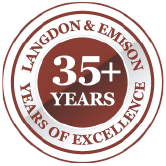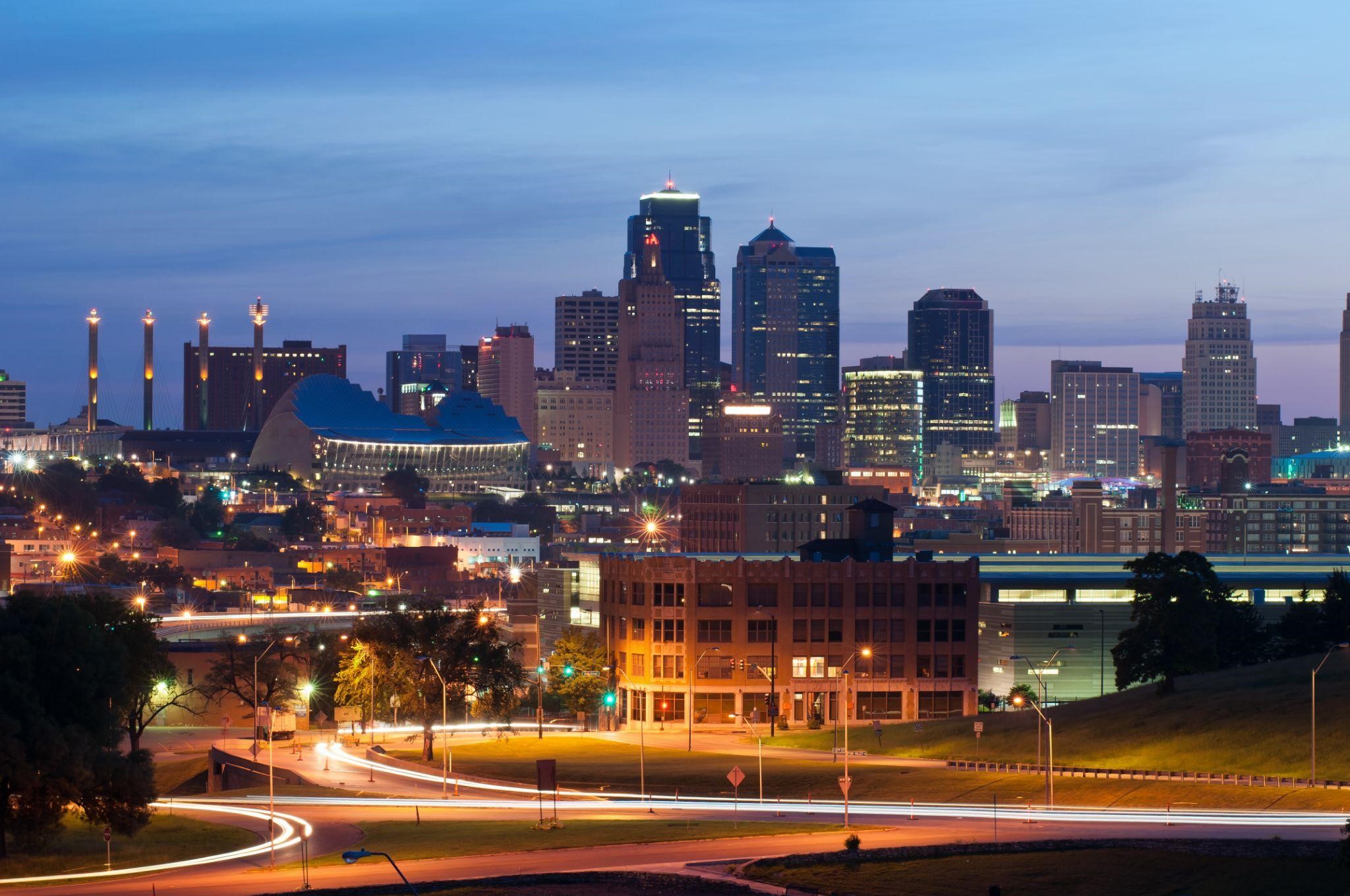Home » Kansas City Personal Injury Lawyer » Kansas City Car Accident Lawyer » Multi-Vehicle Accident Lawyer in Kansas City


Pileup crashes are infamously difficult. Without an attorney, you’re at the mercy of the other party’s insurance company, meaning you’ll probably receive far less compensation than you need or deserve.
If you were injured in a multi-vehicle accident in Kansas City, don’t delay. The experienced lawyers at Langdon & Emison will work quickly to prove the other party’s fault and get you the money you need to pay for treatment and other expenses related to the accident.
Call us today at (866) 931-2115 to learn more.

Most pileup collisions occur when one car crashes into the back of another, followed by that car crashing into the vehicle in front of them, and so on. The initial collision is usually the result of driver error, such as a person looking down at their phone and not having time to avoid hitting the car in front of them.
Not all multi-vehicle collisions involve texting or distracted driving. Unfortunately, many scenarios exist in which just one driver can cause a devastating accident affecting dozens of people.
These are just a few of those scenarios.
Drivers must exercise more caution in poor weather. Dense fog, rain, sleet, and snow significantly impair visibility and can even make it difficult for drivers to hear horns or alarms.
Most drivers understand that it’s better to arrive safely than on time, but others are in such a hurry that they disregard everyone’s safety. Some drivers speed just as much in heavy rain as they would in perfect weather, switching lanes, passing other vehicles, and following closely at high speed.
These behaviors are deadly in bad weather. When roads are slick or are covered in standing water or black ice, one collision can easily become a pileup crash.
Even in good weather, drivers who speed are at high risk of losing control of their vehicle and crashing into another. If those other vehicles are also speeding, the risk of a pileup crash increases significantly.
The initial collision may have involved just two cars, but the more vehicles that are speeding nearby, the more vehicles that could be involved in a pileup.
Sleepiness causes a lapse in judgment and decision-making, two factors that are extremely important while driving. When someone drives drowsy, they’re putting themselves and countless others at risk of injury or even death.
It’s more than just feeling a little tired – like alcohol, sleepiness can affect a person’s ability to tell how incapacitated they actually are.
Many cases of drowsy driving involve semi-truck drivers. Many trucking companies go against federal law and encourage or even force their employees to drive past the mandated 12-hour limit. Depriving truckers of sleep is a dangerous and reckless practice that claims thousands of lives each year.
Someone doesn’t have to speed to cause a pileup crash – all it takes is one person following too closely. Not giving proper distance affects the driver’s ability to slow down, introducing a much higher risk that they will rear-end the car in front of them and initiate a chain reaction crash.
“Fault” refers to the person or party who made a negligent decision, and in so doing, caused the initial crash. Because that person caused a crash due to their own negligence, they are liable for any damages (injury or property damage) that may have occurred as a result of the collision.
If you were injured in a pileup crash, you won’t be able to obtain compensation from the other party unless you and your attorney can prove that they were at fault. You can’t just go after someone because you think they may have caused the accident; you have to have concrete evidence.
Here are some of the avenues that your Kansas City car accident attorney will pursue to prove that the other party was at fault and is therefore liable for your damages.
Pileup crashes often involve five or more cars. However, the initial, or proximate collision is often used to determine liability.
For example, Vehicle A is behind Vehicle B with Vehicle C at the front:
Vehicle C
Vehicle B
Vehicle A
Vehicle A collides into the back of Vehicle B. The force of the collision sends Vehicle B into the back of Vehicle C. Even though Vehicle B did crash into Vehicle C, because Vehicle A caused the initial collision, they are liable for Vehicle B and Vehicle C’s damages.
Accidents involving lane changes are often deadly, as people usually speed to pass the car in the other lane. The situation can be even more serious if the person switching lanes doesn’t speed up enough or check their mirrors properly. Usually, the person who made the lane change is liable in the event of an accident.
For example, Vehicle C is driving behind Vehicle B, and Vehicle A is in the lane to the left.
Vehicle A
Vehicle B
Vehicle C
Vehicle A makes a swift lane change but then slows down, failing to provide a safe distance between their vehicle and Vehicle B. Vehicle B crashes into Vehicle A, and Vehicle C crashes into Vehicle B. In this case, Vehicle A is liable for damages.
The car making the lane change isn’t always at fault. In some cases, the car that crashes into the car making a lane change could be liable. For example, Vehicle A makes a safe lane change, but Vehicle B has been speeding excessively and doesn’t have time to slow and make room for Vehicle A. In this case, Vehicle B would be liable for damages.
Texting and driving is one of the most common behaviors associated with distracted driving, but any activity that takes a driver’s eyes off the road can result in a multi-vehicle collision.
Even roads with steady-flowing traffic can easily become the scene of a pileup crash. All it takes is one car slowing down, stopping, or turning to cause a distracted driver to slam on their brakes and crash into them.
Your multi-vehicle accident lawyer in Kansas City will work to find evidence that the other driver was distracted at the time of the collision. Our lawyers can use cell phone records and witness testimony to prove that the other party was at fault and is liable for your injuries.
Call today to learn how we’ll fight for you.
Sometimes, a driver is 100% at fault in an accident. Other times, more than one party shares some of the blame.
In those situations, the law of comparative negligence applies. This law assigns blame to the parties based on the degree of negligence that each contributed to causing the accident. It also determines how much money (if any) both parties may receive.
Different states follow different protocols to assign fault in car accidents. Kansas follows the law of modified comparative negligence. This means that an injured party can recover compensation from the at-fault driver’s insurance so long as they were no more than 49% at fault in the accident. If they are found to be 50% or more at fault, they will not be able to recover compensation.
Here’s an example of comparative negligence at work:
Driver A makes an illegal U-turn at an intersection. Just as they’re turning, Driver B runs a stop sign and slams into them. The jury finds Driver A to be 40% at fault and Driver B to be 60% at fault. If the total compensation is $100,000, Driver A would walk away with $60,000. Driver B would receive no compensation.
Comparative negligence is a highly contentious issue that further complicates multi-vehicle accidents. You need an experienced Kansas City car accident lawyer to defend you and prevent the insurance company from devaluing your claim.
The attorneys at Langdon & Emison will work hard to get you maximum compensation and help you move past your injuries. Call today to learn more.

When it matters, we'll be there.
"*" indicates required fields

